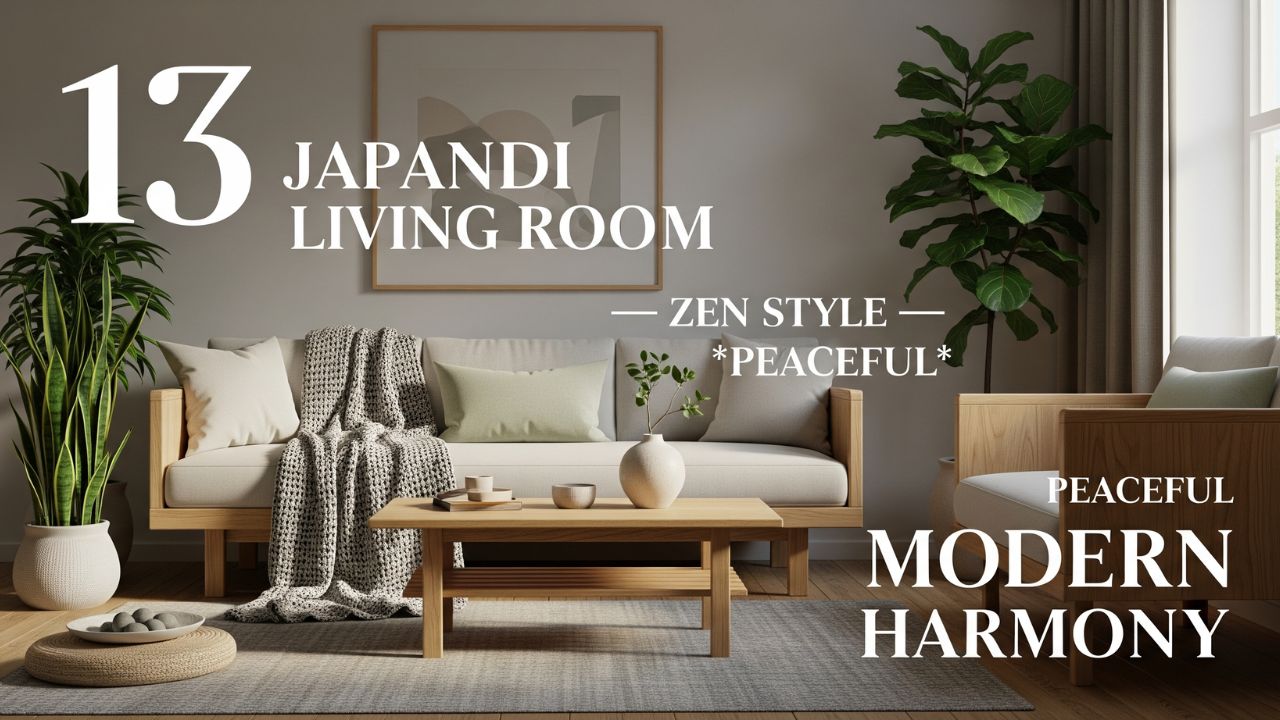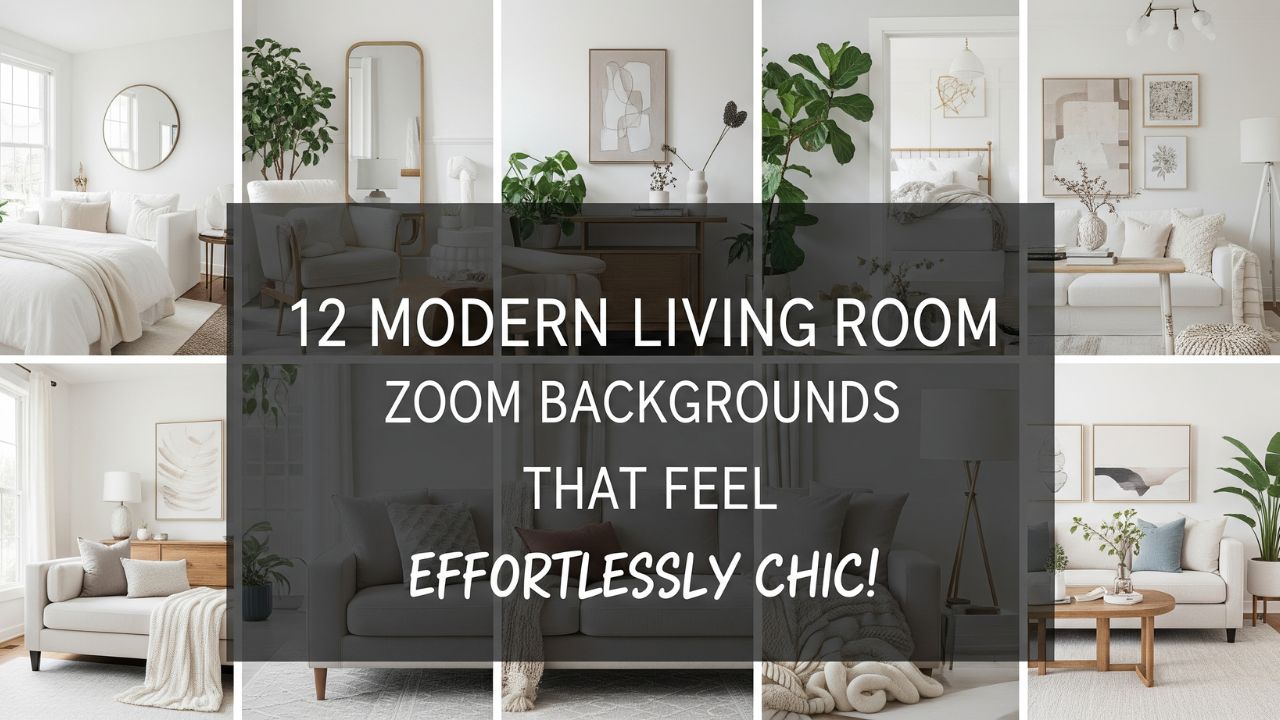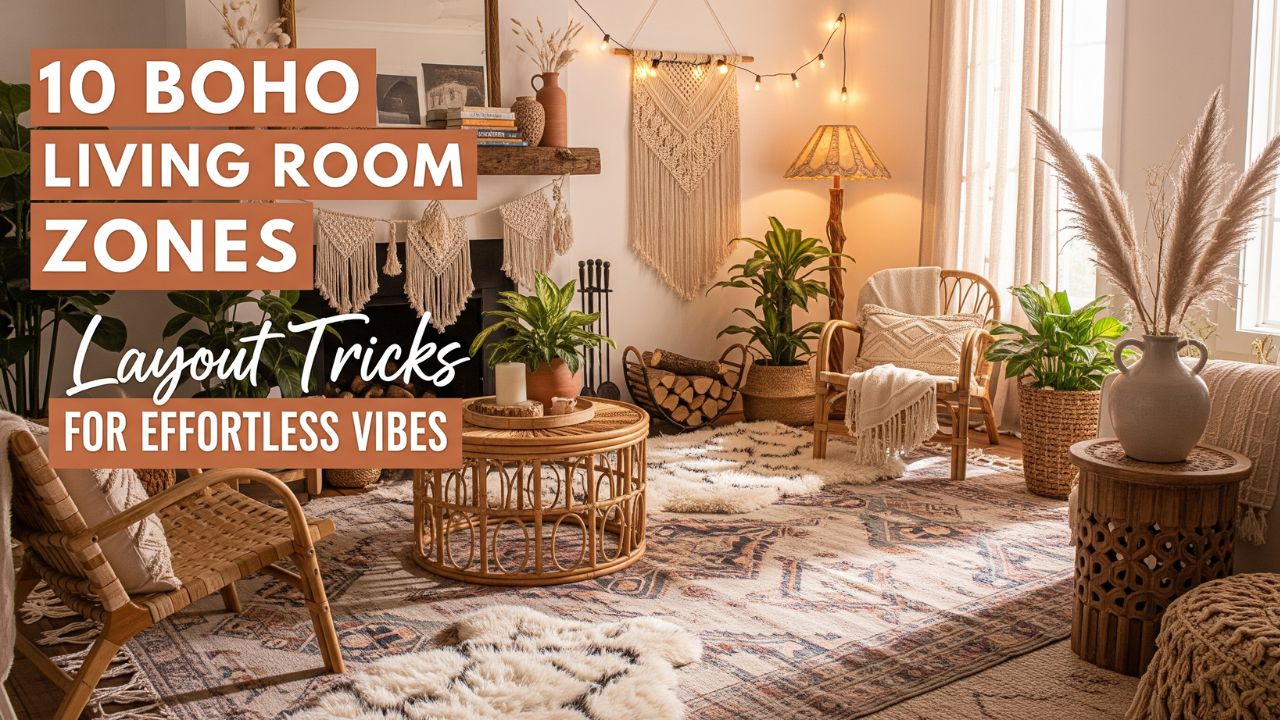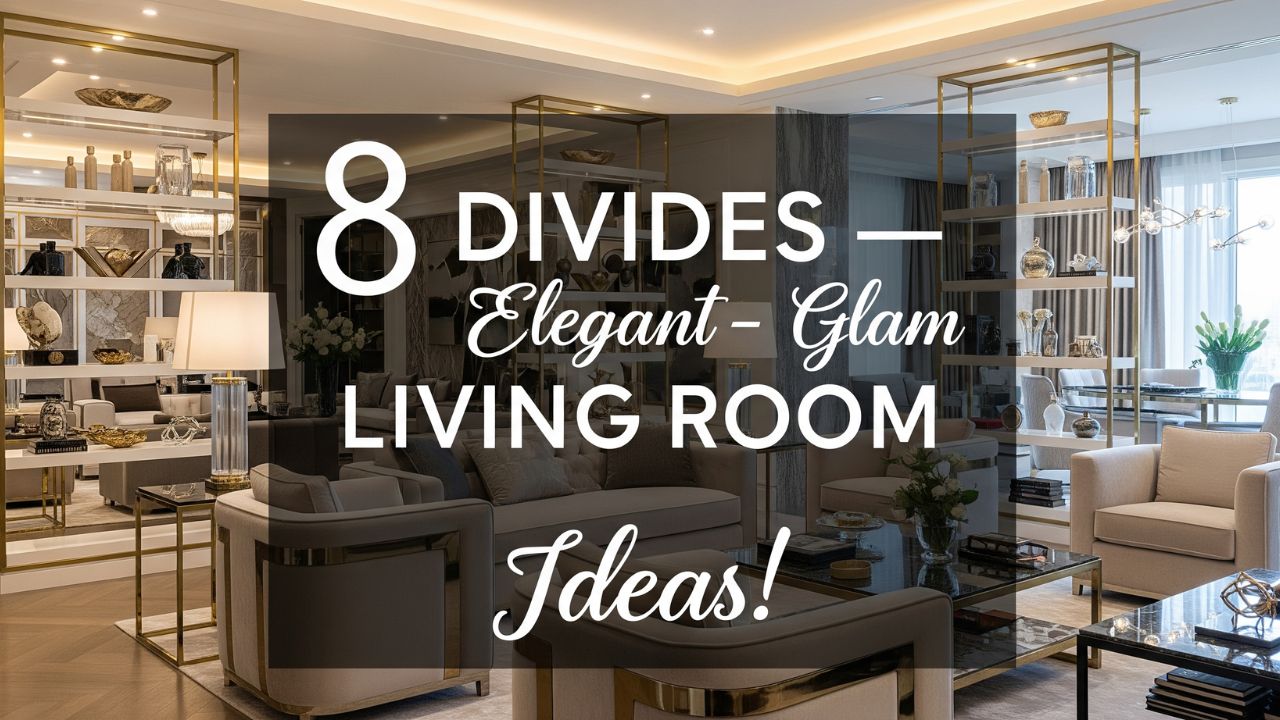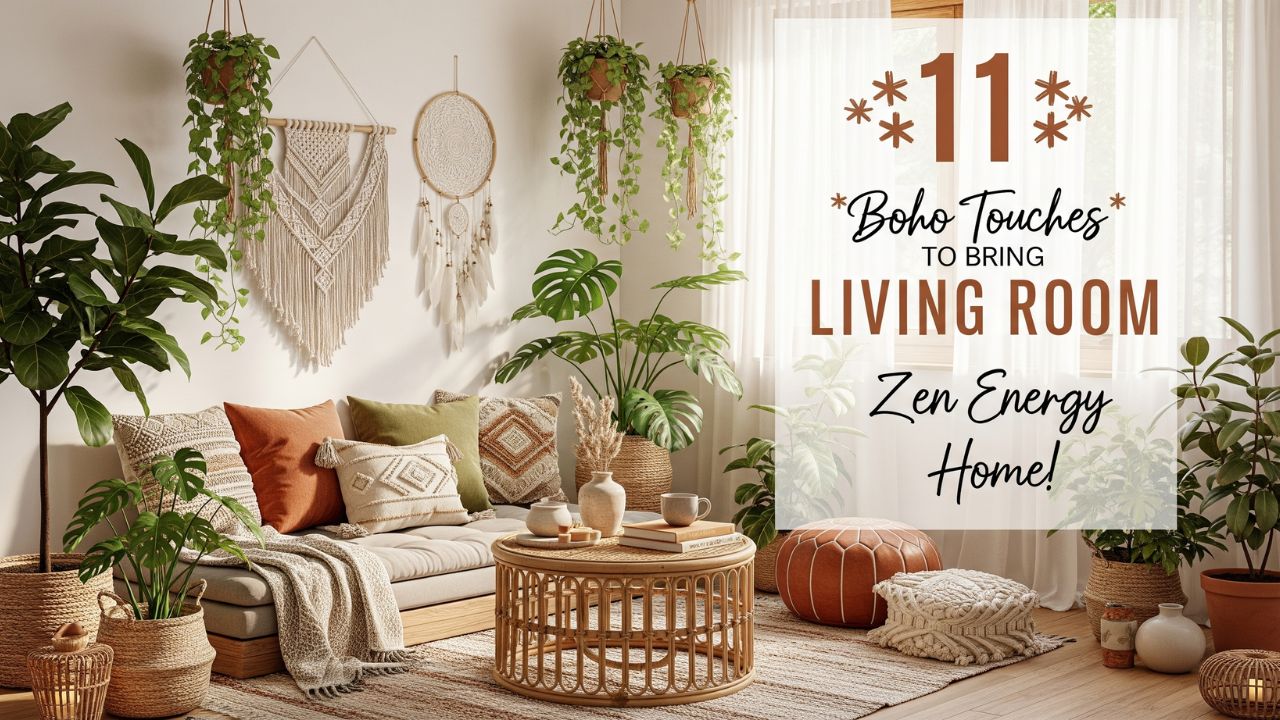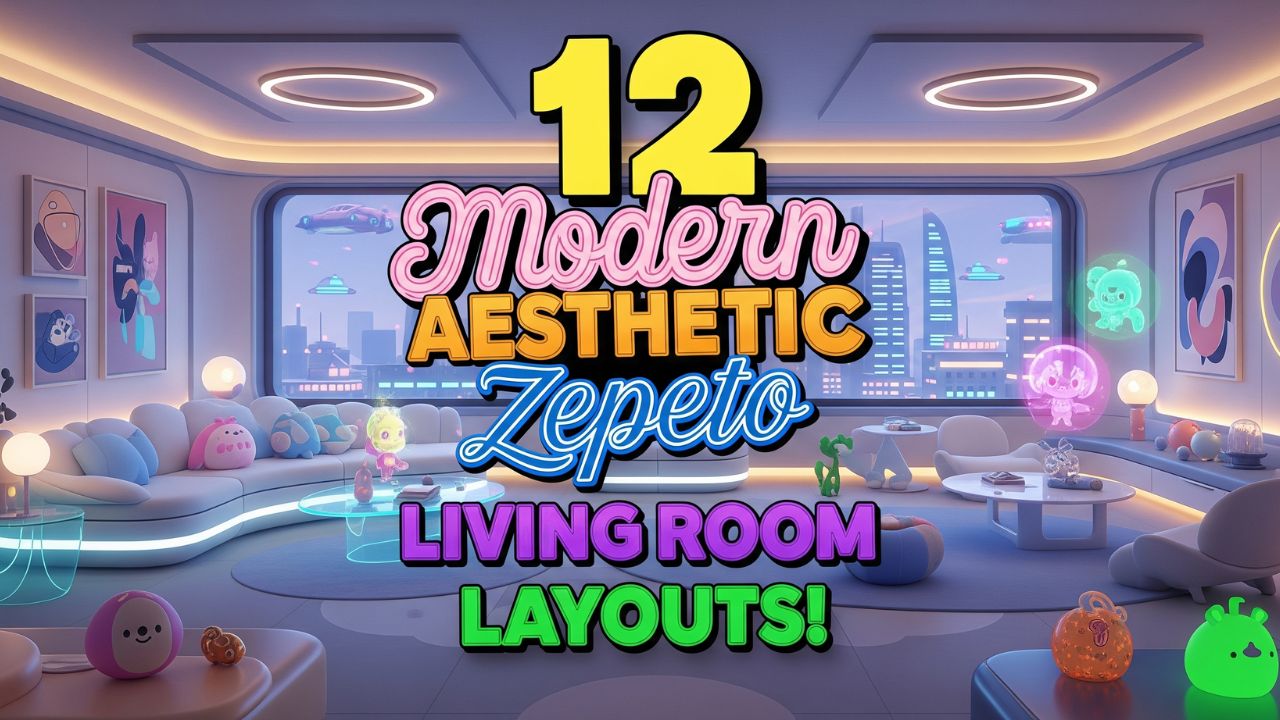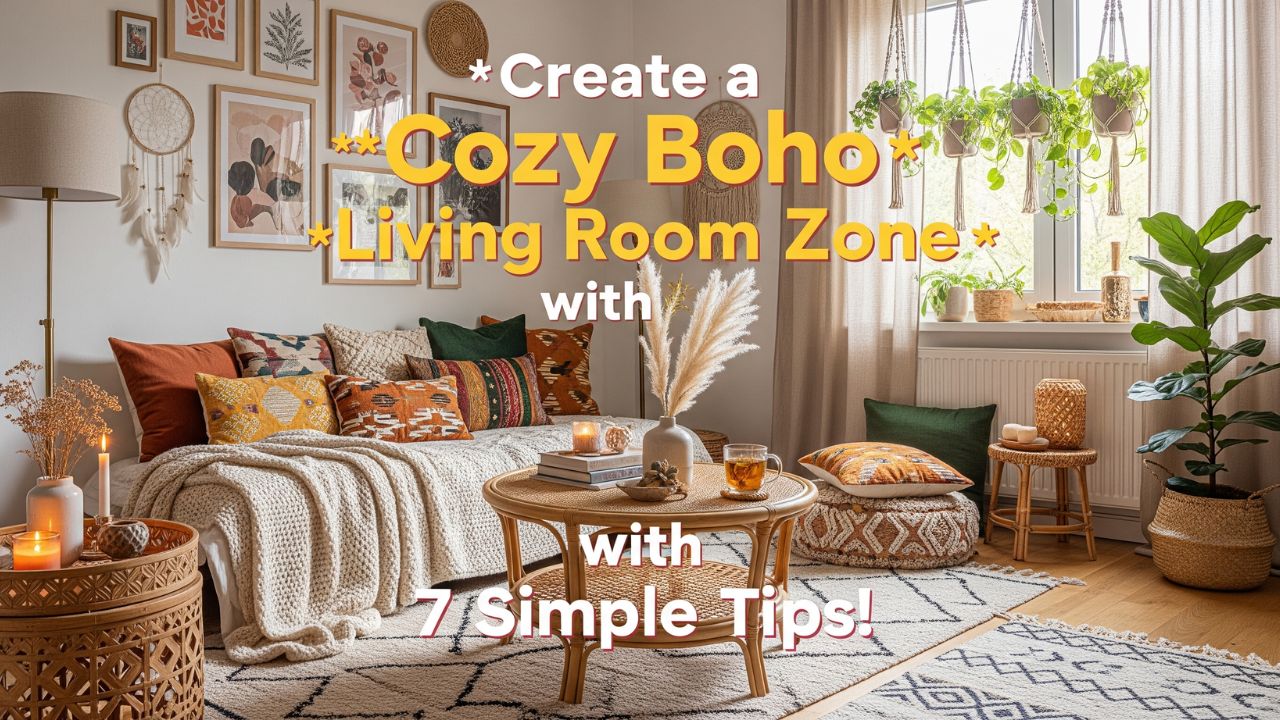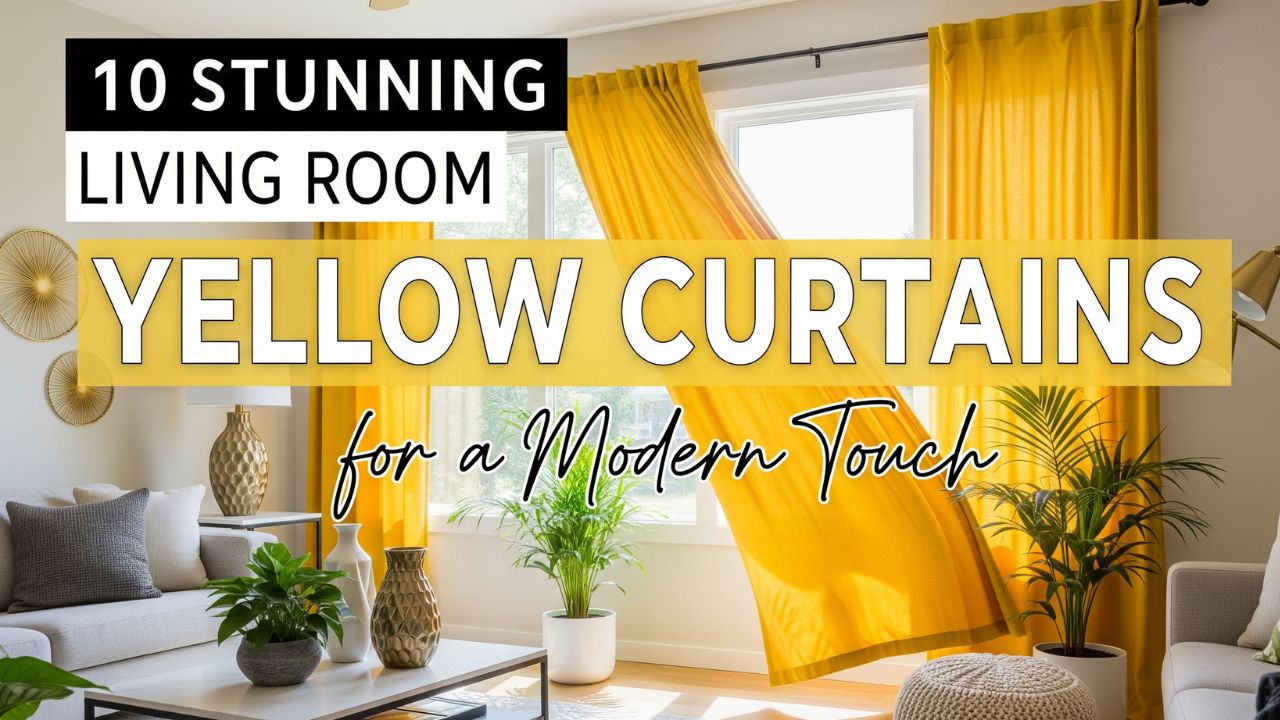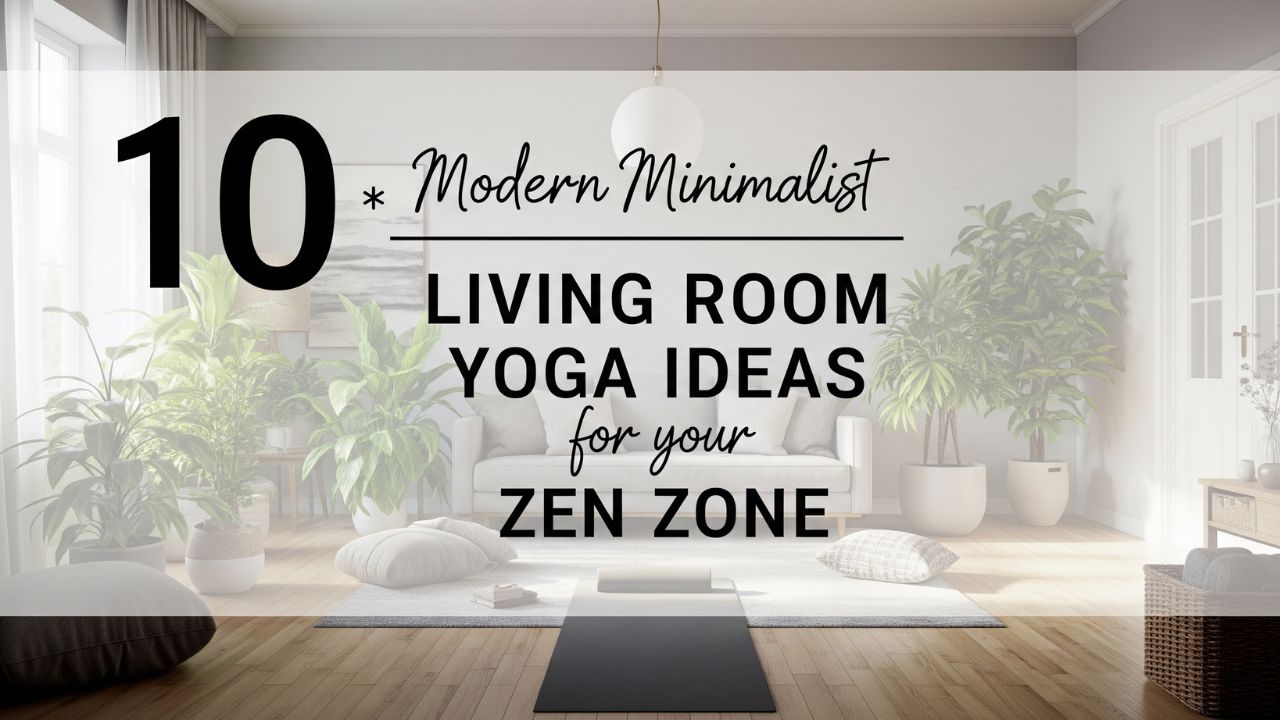A Scandinavian living room is not about luxury — it’s about balance, calm, and comfort.
And nothing captures that quiet beauty better than the side table.
Minimal, functional, and effortlessly stylish — Scandinavian side tables are the unsung heroes of interior design. They anchor your sofa, hold your warm coffee, and create a sense of symmetry without clutter.
But here’s the truth: most people get them wrong.
They chase trends instead of texture, match colors instead of contrast, and forget that Scandinavian design thrives on imperfection — the lived-in, cozy, human touch.
Let’s fix that.
Below are 10 Scandinavian living room side table ideas that prove warmth and simplicity can coexist beautifully — each one designed to inspire a space that feels cozy, functional, and timeless.
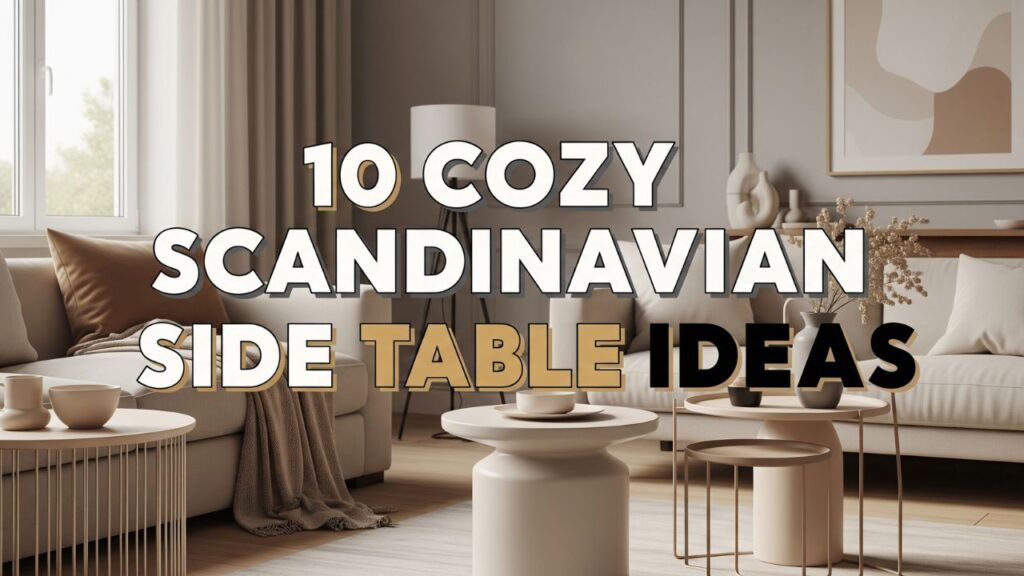
Table of Contents
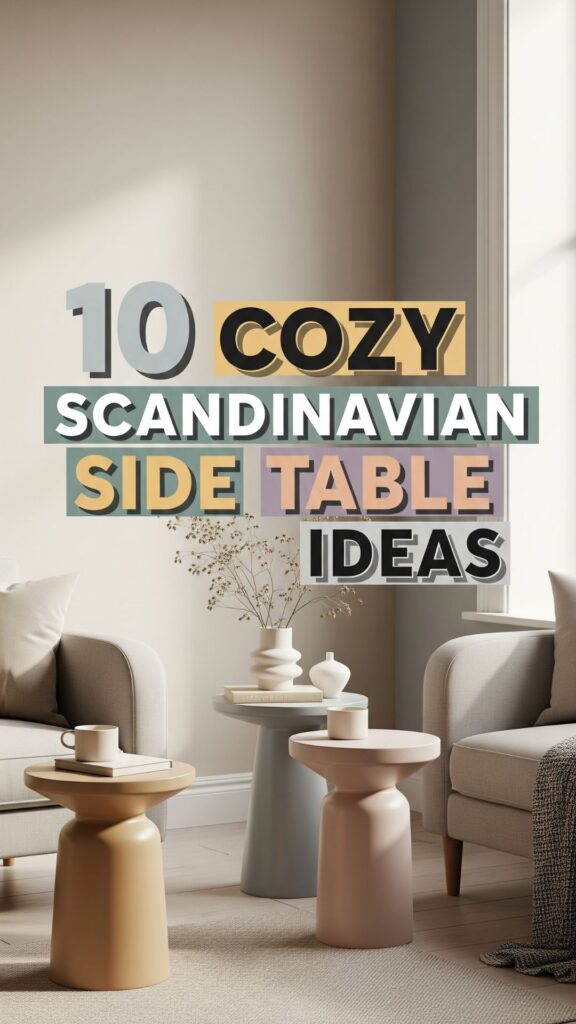
10 Cozy Scandinavian Living Room Side Table Ideas
1. The Natural Wood Minimalist Table
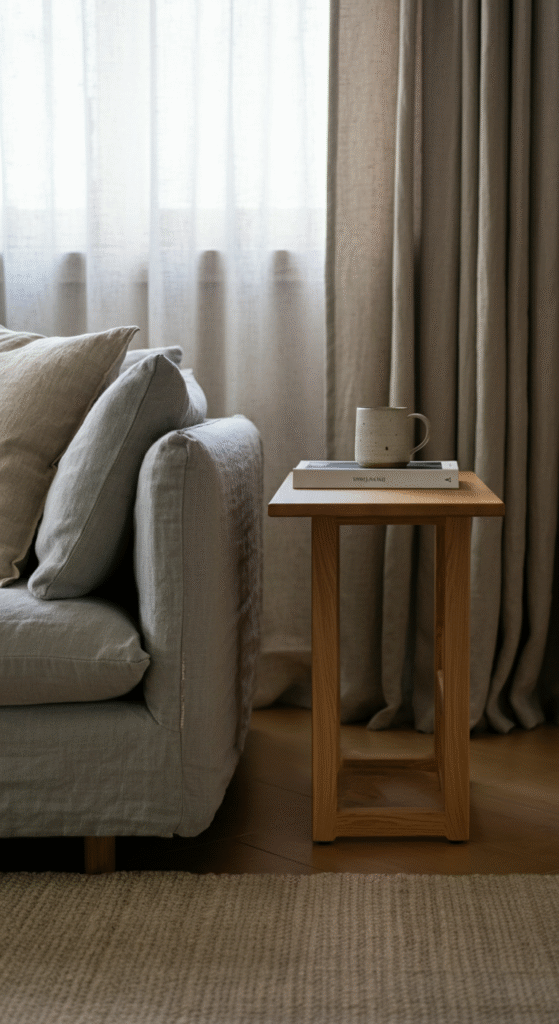
Nothing says Scandi serenity like raw wood.
Choose a side table in ash, birch, or oak — woods that are light, textured, and naturally matte. The beauty lies in their grain; each pattern tells its own quiet story.
Do you know? Scandinavian carpenters traditionally left wood unfinished to let it “breathe,” believing that natural texture keeps rooms alive during long winters.
Pair this with linen drapes, neutral rugs, and an earthy ceramic lamp — you’ll create warmth without visual noise.
2. The Round White Accent Table
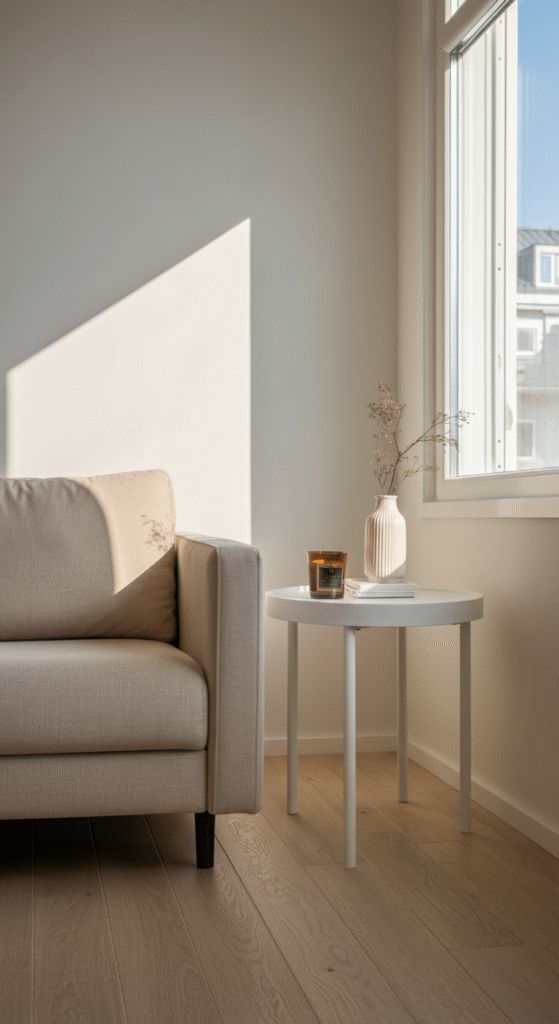
Round shapes soften the strict lines of Scandinavian interiors. A white circular table beside a grey or beige sofa blends purity with playfulness.
It’s not just about color — it’s about light. White surfaces reflect daylight, making Nordic homes appear brighter during short, dark months.
Keep it clutter-free: one candle, one vase, one book. That’s it.
The Scandinavian rule of thumb — if an item doesn’t serve a purpose or add calm, remove it.
3. The Nested Side Table Duo
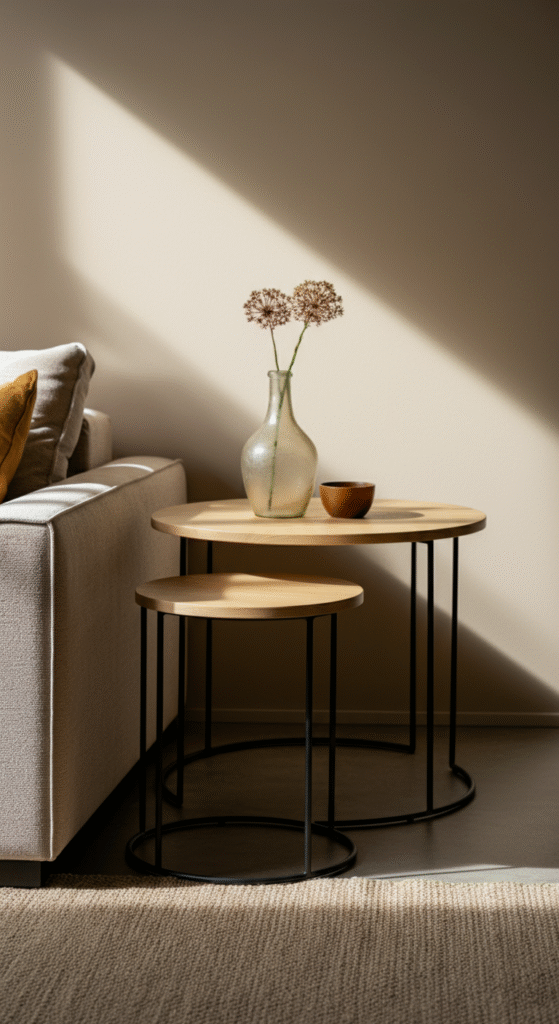
A clever Scandinavian secret: two smaller tables beat one large one.
Nested tables provide flexibility — you can pull one closer when guests arrive or tuck them together to open up space.
Look for matte black metal frames with wooden tops. The contrast of warm and cold materials adds depth — a classic Nordic design principle called hygge balance.
Pro tip: stagger the heights slightly to create visual rhythm without breaking simplicity.
4. The Rattan and Cane Table
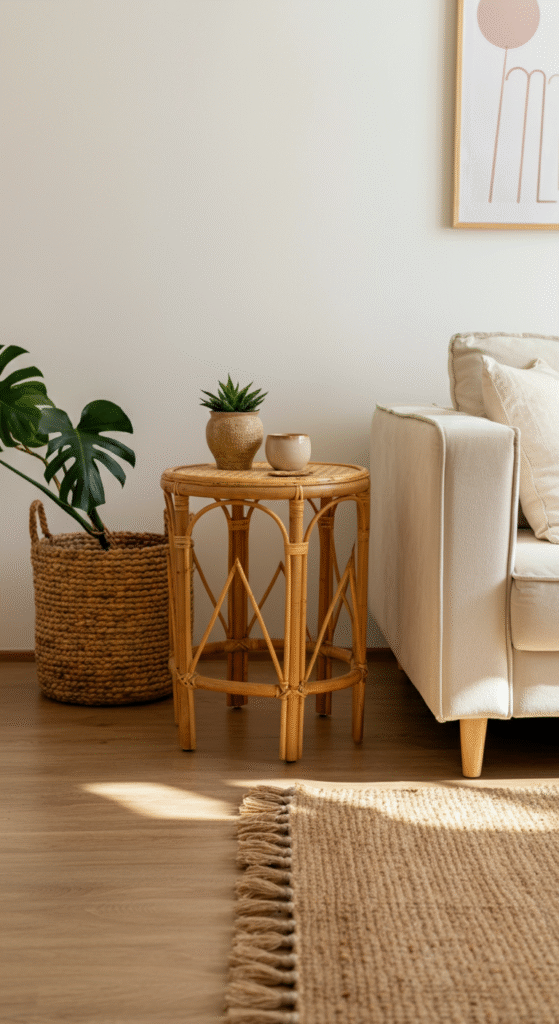
Scandinavian interiors love texture, and rattan brings organic softness without breaking the minimalist rulebook.
A rattan side table beside a modern couch adds a rustic charm — think countryside meets city minimalism.
Interesting fact: While cane and rattan are often associated with tropical decor, Danish designers in the 1960s adopted them to “humanize” modern furniture lines.
Pair it with a chunky knit throw or woven baskets — instant warmth, zero effort.
5. The Floating Wall-Mounted Table
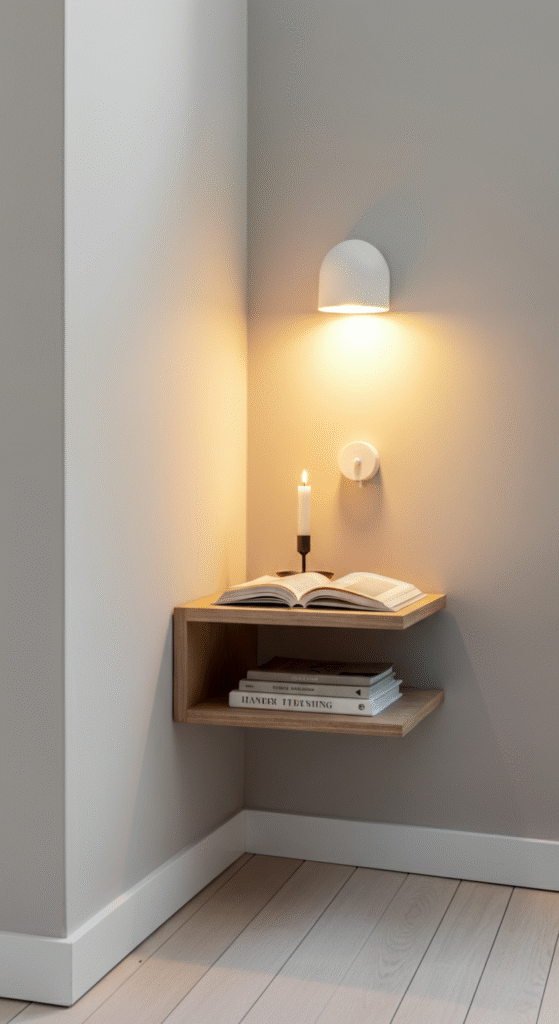
For small apartments or minimalist setups, go vertical.
A floating side table mounted next to your sofa or reading chair keeps floors clear, creating a sense of space and calm.
Opt for pale wood or white laminate with hidden brackets. Add a warm LED sconce above it, and you’ve got a cozy evening nook that looks architectural yet homely.
Scandinavian philosophy reminder: Function should always serve emotion — every piece must make life easier and the room lighter.
6. The Stone or Concrete-Look Table
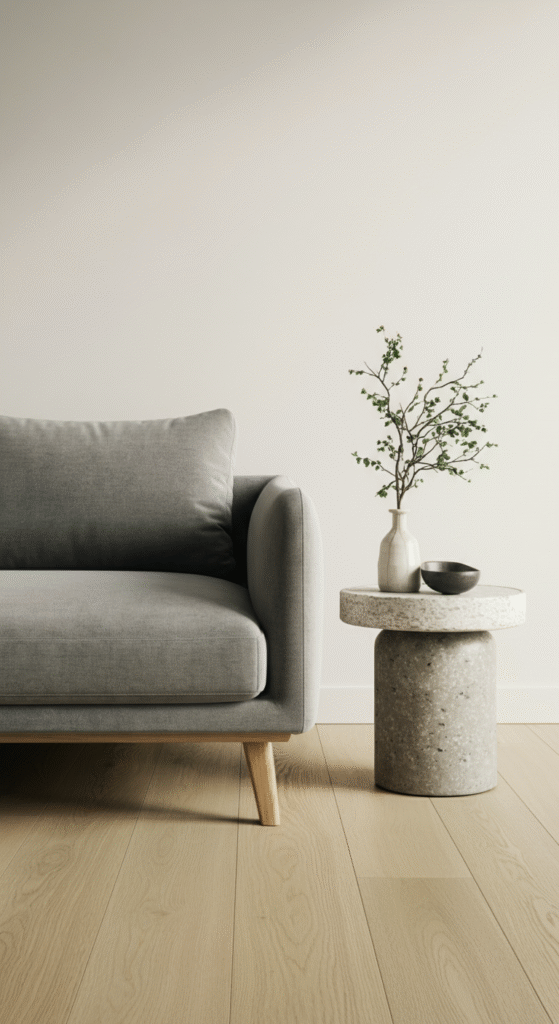
Modern Scandinavian interiors often embrace rough luxury — the beauty of imperfection.
A stone or concrete side table embodies that raw, grounded aesthetic.
Its solid presence complements the lightness of soft textiles and pastel tones.
Think of it as the “anchor” in your cozy storm — stable, cool, and timeless.
Do you know? Nordic designers call this concept “lagom” — meaning “just the right amount.” Concrete tables provide visual weight without dominating the room.
Add a single plant or sculptural candleholder to complete the look.
7. The Scandinavian Stool as a Side Table
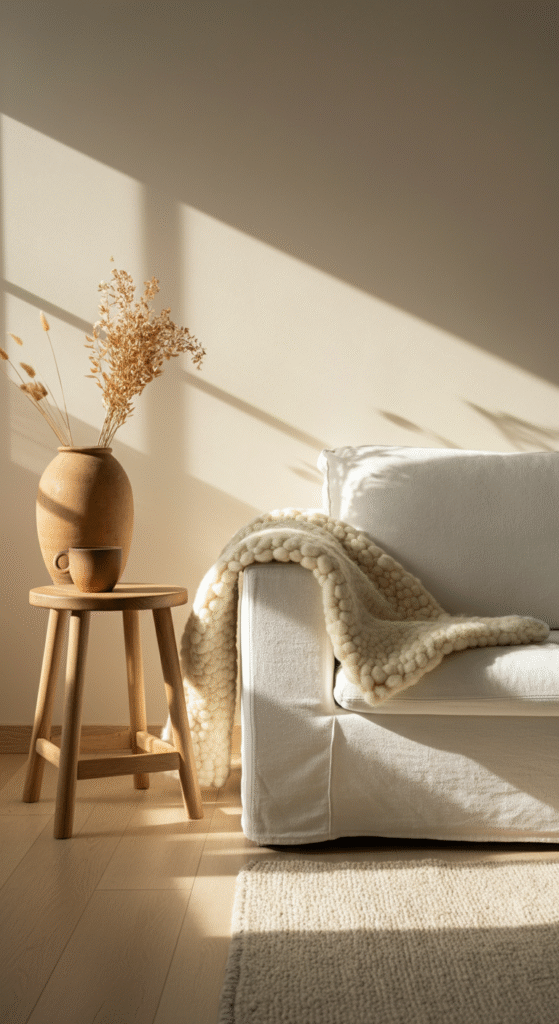
Scandinavian homes are masters of versatility. A wooden stool doubling as a side table is both practical and endearingly humble.
Choose a design with simple joinery, natural finish, and rounded edges.
It’s the kind of understated detail that gives your space that “magazine spread” warmth — lived-in, authentic, and deeply functional.
Myth to break: You don’t need new furniture to look stylish. Repurpose what you have — the Scandinavian ethos is sustainability first, not consumerism.
8. The Glass-Top Scandinavian Table
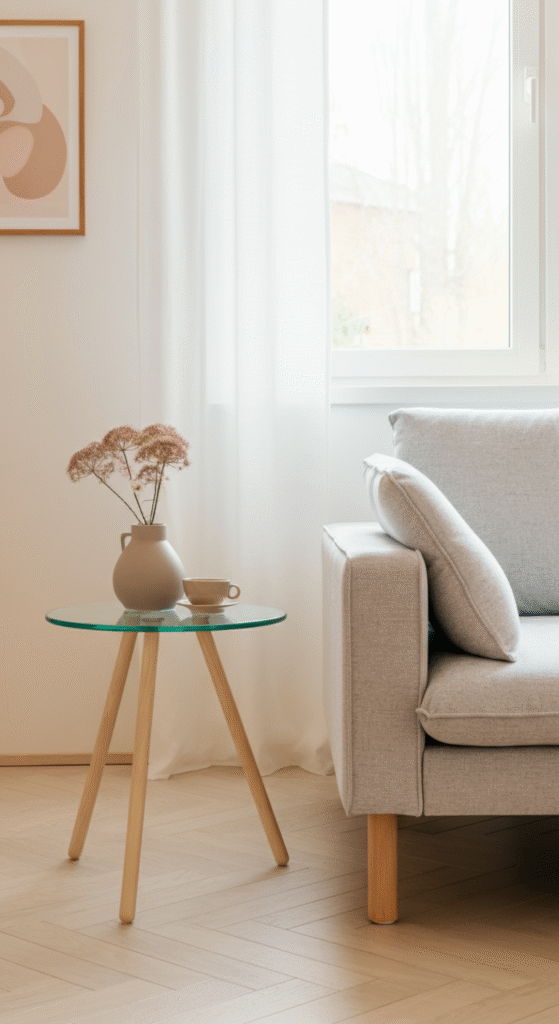
Light reflection plays a huge role in Nordic interiors.
A glass-top table with light wood or white metal legs keeps the space airy and modern.
This option works perfectly in smaller living rooms — it reflects both daylight and lamp light, creating the illusion of openness.
Pair with wool rugs, neutral sofas, and a muted color palette. The transparency allows the textures around it to shine — literally and visually.
Interesting design note: In Sweden, clear surfaces are used to “extend” daylight — a functional trick in architecture and interior design.
9. The Soft-Edge Sculptural Table
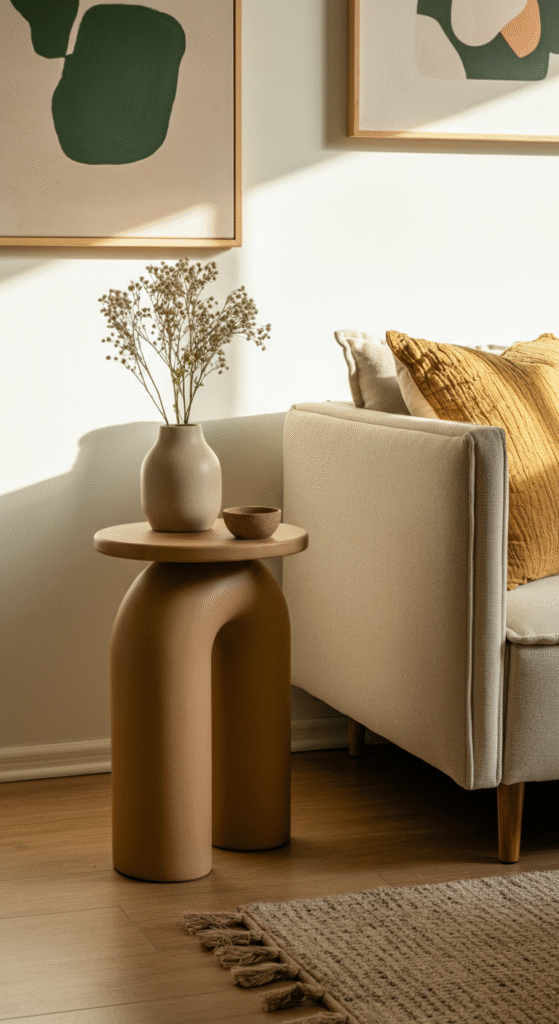
Modern Scandinavian homes often blend craftsmanship with creativity. A sculptural side table with soft, organic curves makes a subtle statement.
Avoid anything overly ornate — think wavy silhouettes, chunky bases, or pebble-shaped tops in neutral tones like taupe or sand.
This design blurs the line between furniture and art, keeping the cozy yet contemporary vibe alive.
Pair it with plush throws and minimalist artwork for balance.
10. The Dual-Tone Scandinavian Table
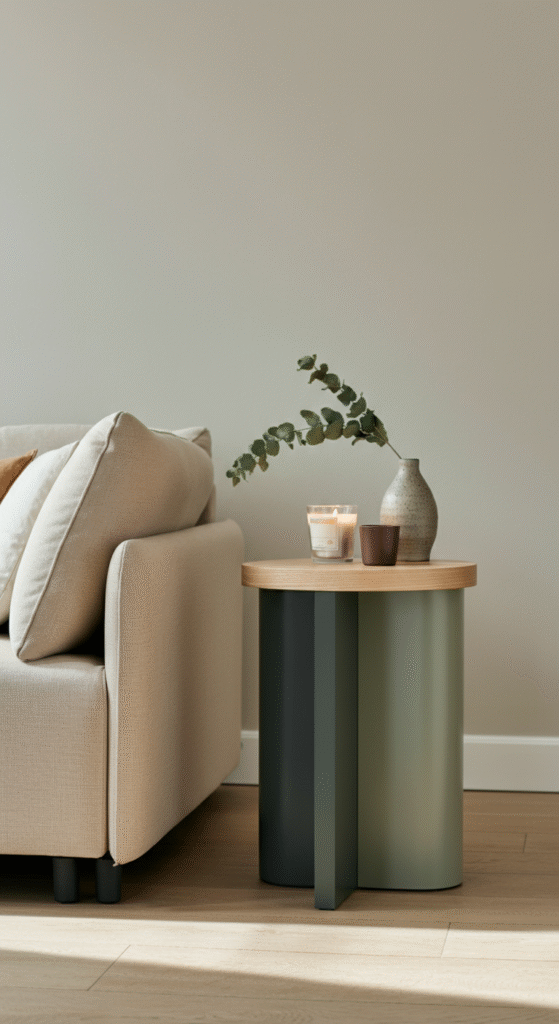
Scandinavians love contrast through tone, not clutter.
A dual-tone side table — say, light oak with a charcoal or sage-green accent — adds quiet character without overwhelming the eye.
You can match the darker tone with your cushions or rug patterns to create visual consistency.
Fact check: Scandinavian color palettes were historically inspired by nature — pale birch forests, grey stones, moss greens, and snowy whites. This is why mixing subtle tones feels so instinctively “right.”
Conclusion: Small Table, Big Soul
A Scandinavian living room isn’t defined by how much you decorate — but by how much peace you create.
Your side table may be small, but it anchors the entire experience of comfort.
It’s where the coffee rests on a winter morning, where your book waits for you, and where the glow of a candle softens the day’s edges.
So when you choose your next Scandinavian side table — don’t think “furniture.”
Think mood, memory, and meaning.
Because in the world of Scandinavian design, simplicity isn’t emptiness — it’s intention.
Frequently Asked Questions (FAQs)
What makes a side table “Scandinavian”?
A Scandinavian side table is defined by its simplicity, functionality, and natural beauty. It typically uses light wood like birch or oak, neutral tones, and minimal ornamentation. The focus is on craftsmanship, comfort, and creating a calm, balanced atmosphere rather than visual excess.
What colors best suit a Scandinavian living room?
Stick to soft, muted tones — white, beige, light grey, and pale wood are the foundation. You can introduce subtle accent colors like sage green, charcoal, terracotta, or dusty blue to add personality without disrupting the minimalist harmony.
Can I mix materials like wood and metal in Scandinavian interiors?
Absolutely. In fact, mixing materials is one of the secrets to achieving that cozy-yet-modern Scandinavian balance. Try pairing light oak with matte black metal, or combine rattan with white steel frames. The contrast brings depth and sophistication.
How can I make my side table setup feel “hygge”?
Focus on texture, warmth, and light. Add a small table lamp with warm lighting, a scented candle, or a handmade ceramic mug. Keep the table uncluttered — hygge is about comfort and mindfulness, not abundance.
What’s the ideal size for a living room side table?
A good rule is to choose a table 2–3 inches shorter than your sofa’s arm height. This keeps proportions comfortable and practical. If you have a low-profile sofa, go for a wider, flatter design that aligns with the seat height.
